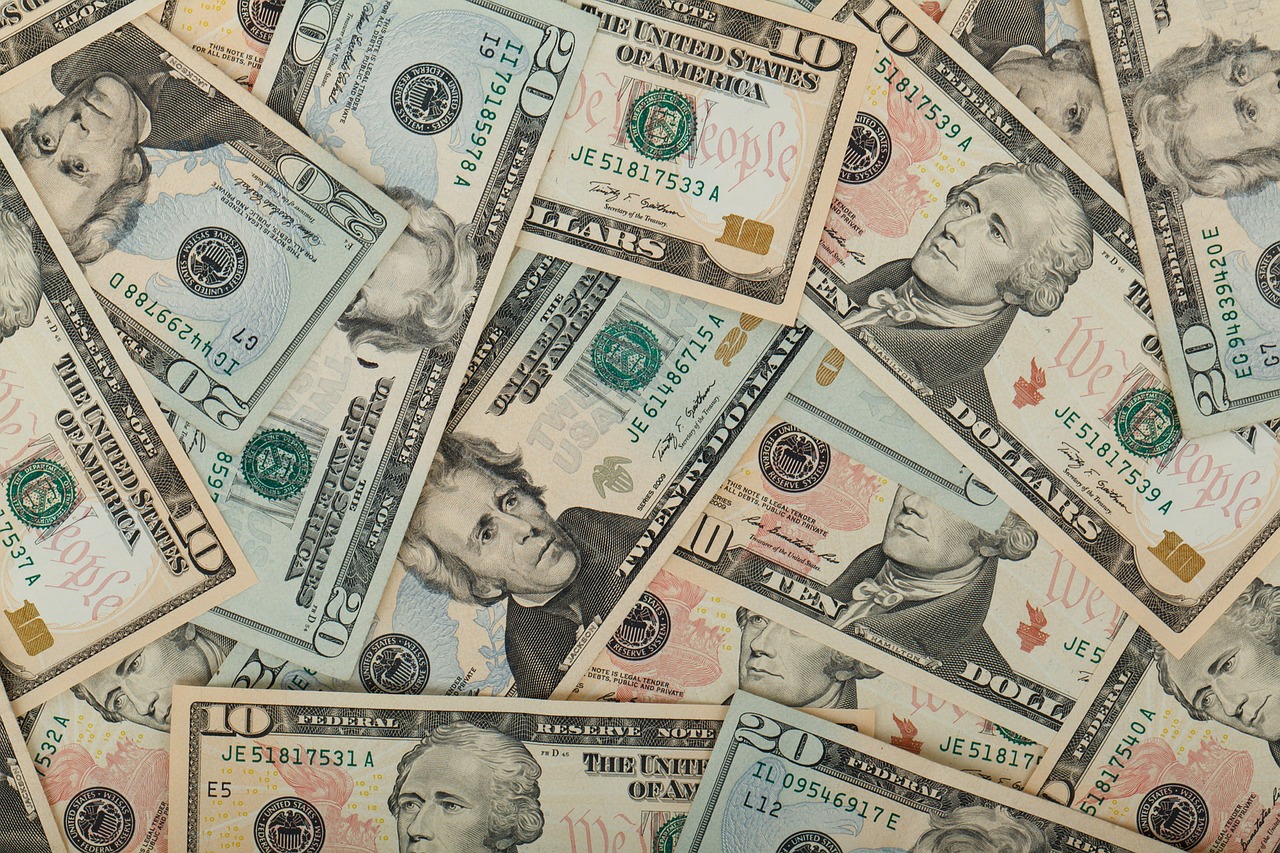
The U.S. dollar hits new multiyear highs across the board as the Bureau of Labor Statistics released its non-farm payrolls data for the month of February. According to the data release today, the U.S. economy added 295,000 jobs in February, while the unemployment rate decreased to 5.5 percent, its lowest level since May 2008.
The increase was largely attributed to job gains in the service sector of the economy. Food services and drinking places contributed 59,000, professional and business services added 51,000, construction 29,000, health care 24,000 and transportation and warehousing totaling 19,000 new jobs.
Household Survey Data
According to the household survey by the Bureau of Labor Statistics, both the unemployment rate and the number of unemployed persons decreased in February.
The civilian labor force participation rate, at 62.8 percent, remained largely unchanged in
February, remaining rangebound between 62.7 to 62.9 percent since April 2014.
The U.S. dollar has spiked higher across the board hitting new highs against the euro and a number of emerging markets currencies, namely the Mexican peso, the Turkish lira and the South African rand.
Non-Farm Payrolls Data
Over the past 12 months the average monthly job gains totaled 266,000, while over the past three months the number totaled 288,000 per month.
Manufacturing employment trended up modestly in February adding 8,000 jobs. The only downside to the report, when it comes to the future course of the U.S. dollar, was the average hourly earnings component of the report - it rose by 3 cents to $24.78. Over the year, average hourly earnings have risen by 2.0 percent.
Revisions to previous months subtracted 18,000 jobs from the figures, with the total for December remaining at +329,000, while January was revised from +257,000 to +239,000.
FX Volatility Rising across the Board
The good news for the foreign Exchange industry is that implied volatility has been rising across the board, on its way to leaving substantially lower February foreign exchange volumes in history. The ongoing shift in monetary policy expectations continues favoring the U.S. dollar as it remains buoyant due to yield differentials in favor of U.S. paper.
Deflationary pressures in the Euro Zone and Japan continue hampering growth and inflation expectations, as the European Central Bank and the Bank of Japan are likely to remain committed to their massive bond buying programs for the foreseeable future.
Meanwhile, the U.S. dollar is being supported by expectations that the Federal Reserve is going to start an interest hike cycle in June. Despite Fed officials hinting that a move could be imminent in the near future, there are some risks to the outlook, mainly related to the inflation outlook as average hourly earnings remain stagnant.

















